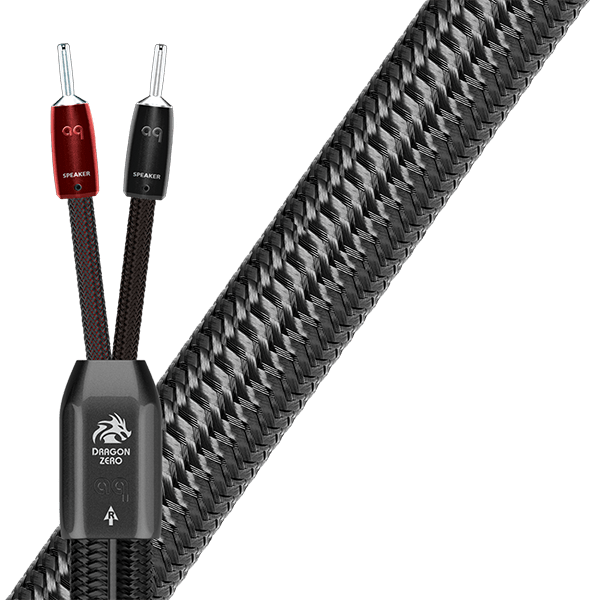This is an analysis of
I²S interface to see if it is superior to S/PDIF or USB interconnects for audio DACs. From what I recall, it was PS Audio that popularized I²S for external DAC connections. Phillips (now NXP) had invented I²S years early as an internal protocol to route audio. It was not and has not been blessed for external use over cables. This use has been ad-hoc with no real attempt at any kind of standardization. As a result, schemes for external use vary, some use HDMI connectors, others RJ-45 (ethernet) and so on. Even with the same connector, the wiring may not be the same. You can see the HDMI variation of it here in the devices I tested for this review:
Note that despite use of HDMI connector, there is absolutely no compatibility with HDMI as used in video and home theater. All that is in common is use of the connector or cable, not the language spoken over it.
The motivation for I²S instead of S/PDIF serial bus was to separate the clock and with it, provide some kind of benefit. I let Paul McGowan of PS Audio explain it a bit more:
Toward the end he says I²S sounds "considerably better." Does it? It makes intuitive sense that sending out the clock and data separately would be better but we don't design electronics based on lay intuition. If something sounds a lot better, it better darn show up in measurements and hence this article.
Measurements
I wanted to do this study earlier but lose use of the only DAC I had with I²S input. I am fortunately enough to have the Gustard DAC-X26 with has that input and is one of our top performing DACs. As such, it should be good enough to show any benefit from I²S. I also have the
Singxer SU-1 which converts USB to I²S. I just reviewed its functionality in generating S/PDIF. For this test, I will be showing how it performs using I²S.
I started by running my usual dashboard with balanced output of the Gustard DAC-X26 connected to my analyzer and input set to I²S and provided by Singxer SU-1. This is what I got:
View attachment 23901
Usually our oscilloscope waveform display on top left is ornamental and not revealing of much. But here, it immediately shows a problem: the two channels are not locked together! There is a phase shift/delay in one channel and hence the reason the Left and Right don't land on top of each other. I added the phase differential meter at the bottom which shows one channel has a delay of 8 degrees! This is not good. A digital to digital interface better be "lossless" in this regard. And what the heck is the benefit of separate clock in I²S is if it causes this kind of skew?
Maybe our DAC is broken. So let's also connect the S/PDIF cable between Singxer SU-1 and DAC-X26 and measure that:
View attachment 23902
Channels are in lock-step as they should be. We will investigate this further but for now, notice that there is no performance improvement with I²S. Differences are run to run variations.
EDIT: Setting mode switch 6 to on fixed the phase delay.
As it happens, I also have a Gustard U12 USB converter which also outputs I²S. So let's wire that up and see what it does:
View attachment 23903
Ah, channels in lock step as they should be. Performance is the same (again, ignore small changes). So while I²S connection doesn't break anything, it doesn't provide any measurable benefit either.
Since the U12 works better, let's use it to run a jitter test, comparing I²S to S/PDIF on the output the Gustard DAC-X26:
View attachment 23904
Again, we have tiny variations but nothing of not let alone a change that is audible.
Conclusions
It is remarkable how as non-technical audiophiles, we quickly play engineer and decide what is technically better. "Oh, the clock is separate in I²S so it must sound better." Do you even know what a clock is? How about clock skew? How about perils of taking a standard for moving an inch or two inside some gear and making it travel dozens of inches externally? You think that doesn't do anything bad?
If you want to use lay assumptions, think of how S/PDIF is decades old and by now, folks have figured out pretty well how to extract the clock out of it and deliver excellent performance. Such is the case here. S/PDIF has universal compatibility to boot which I²S does not have.
So Paul McGowan, please don't spread misinformation about I²S sounding better. Start by showing us measurements that demonstrate anything improving and if so, why PS Audio gear doesn't have good enough S/PDIF performance to need something better. And then, point the camera at yourself, connect both inputs to your DAC and have someone else switch inputs and see if you can tell the difference. Since levels don't change, it is dead simple to conduct a blind test.
Bottom line, please don't rely on fantasies like I²S improving audio performance. Insist on measurements being provided to demonstrate audible change in the output of the DAC -- the thing you hear. Don't accept hand gestures as evidence. And certainly not any appeal to a lay person's intuition as a replacement for proper data providing proof.
I will test I²S more in the future as I get other devices with it in there. For now, don't waste a penny even thinking about it, let alone using it.
------------
As always, questions, comments, recommendations, etc. are welcome.
Went to till the field to plant vegetables and realized my diesel tractor is almost out of fuel. I need money to buy some more. So please donate using:
Patreon:
https://www.patreon.com/audiosciencereview), or
upgrading your membership here though Paypal (
https://audiosciencereview.com/foru...eview-and-measurements.2164/page-3#post-59054).
